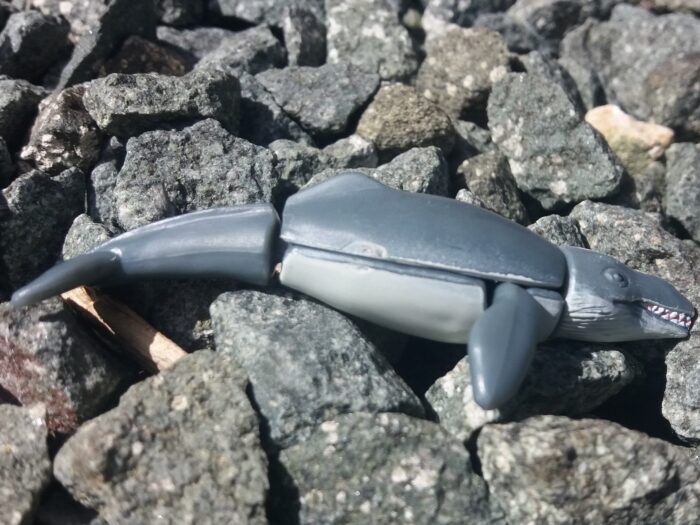When companies have been around for a long time, the opportunity for remaking it arises. In prehistoric species, the better for it, as new information can completely change the look of an animal. And with the announcement of a new model of Paraceratherium, many were thrilled.
Age: Oligocene
Review: Baluchitherium (Paraceratherium) (Lido-Nabisco)
Review: Paraceratherium (IToy)
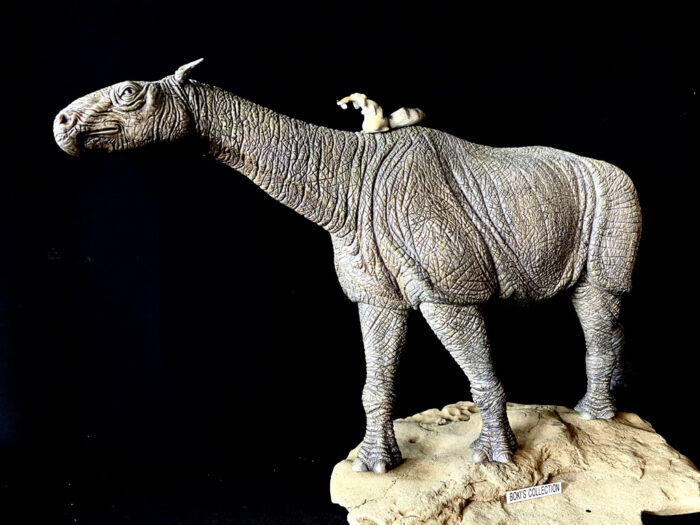
At the end of the Oligocene Climate change have made its presence known all across the globe. This change created chaos, turning once lush and fertile environment into dusty and windswept landscape. In this part of the world that would be known today as Mongolia, a mighty riven once meandered across the plains creating rich forest and lush savannah.
Review: Adansonia, Baobab (by Schleich and CollectA)
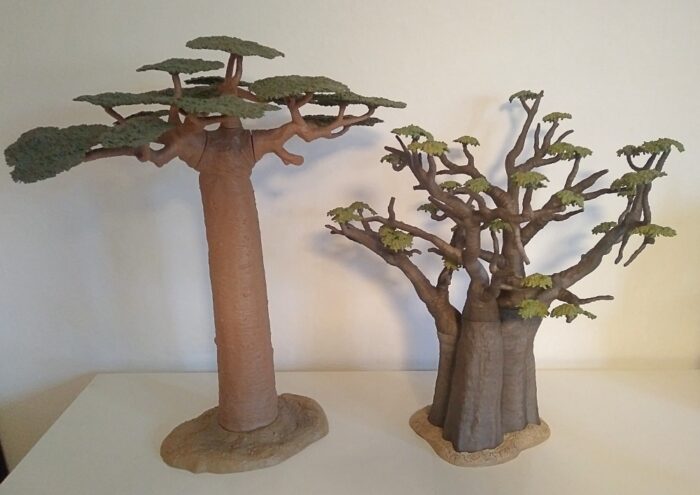
The family of Baobabs is one of the most distinct and recognizable trees in the world. Eight species exist under the genus Adansonia, they are native to Subsaharaian Africa, Madagascar and Australia. The natural history of Baobabs is somewhat clouded and methods as molecular clocking yield debatable results.
Review: Palaeotherium (Starlux)
Review: Cohen’s Thingodonta/ Yalkaparidon (Lost Kingdoms Series A by Yowie)

There aren’t many animals in the world known by their scientific name as opposed to a common name, yet the palaeo world seems to only use them, unless they are particularly well known, like the Woolly Mammoth or T. rex. That’s why I love this particular model, of an animal named Yalkaparidon (from the Aboriginal word for boomerang, based on the animals molar shape), but referred to in the common lexicon as Cohen’s Thingadonta, which is a brilliant name.
Review: Prehistoric Animal Set (The Ark by Joy City)
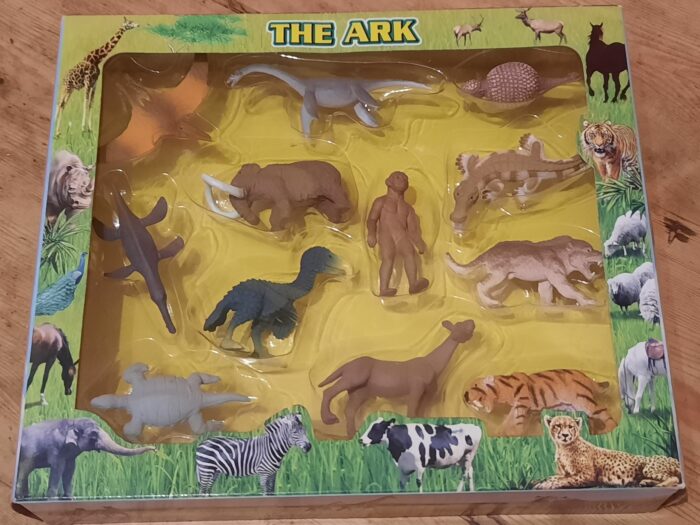
Every now and again, something rather interesting pops up that you wouldn’t expect to be as good as you’d think. The toy sets you would see at supermarkets like Aldi and Lidl, often seen as cheap item makers, having something worth getting. Here, we examine the Joy City line on prehistoric animals, a counterpoint to there Dinosaur wave, which seems more typical chinasaur.
Review: Fossil Whale/Mammalodon (Yowie Lost Kingdoms, Series B)
Review: Dromornis (Yowies Lost Kingdom)

Travelling through the wonderful world of Oz (as the Aussies tend to call their country) one sure plans some things before starting. I deceided to cramp a few toy figures into a box to take on the chance to shoot some of them in their “natural environment” – at least kind of, Australia sure changed a fair bit since most of the represented animals went extinct.
Review: Prehistoric Mammals Tube (Collecta)
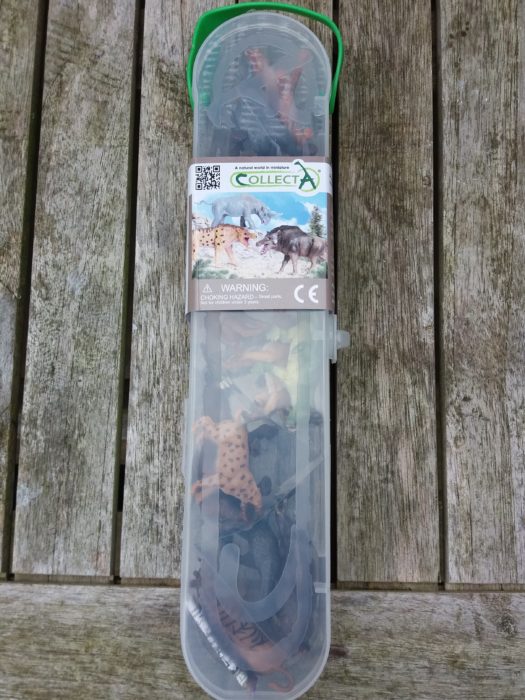
Collecta has been bringing out prehistoric animal tubes over the last few years, and while some gave us some great new designs, others have just given us miniature versions of models they already have. This is a case of the latter, as they have released these small versions of their ancient mammals.
Review: Ginkgo (Deluxe by CollectA)

While being a recent species, Ginkgo biloba already existed long before any human had the brilliant idea to develop writing or another kind of reliable method to record dates or stories for generations to come and so setting the foundation for our modern understanding of history and therefore the time before.
Review: Medusa (Bullyland)
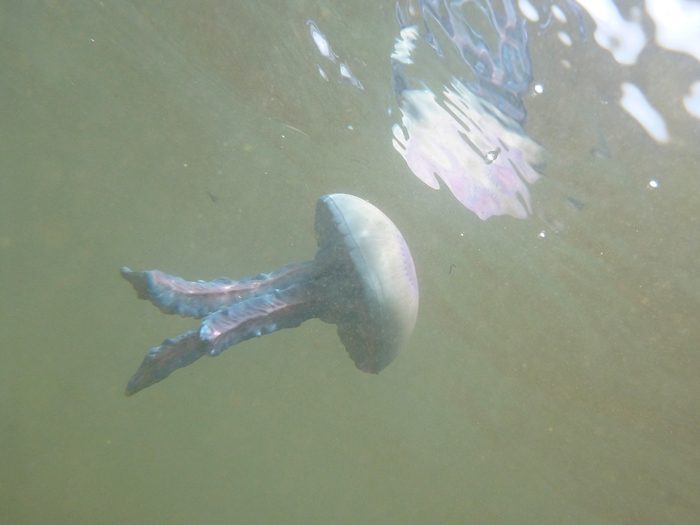
Today I want you to introduce you to one of those creatures everybody knows, but knows almost nothing about, a jellyfish. Jellyfish are a very very old group of animals, they date back to the famous Ediacarian, more than 600 mya.







